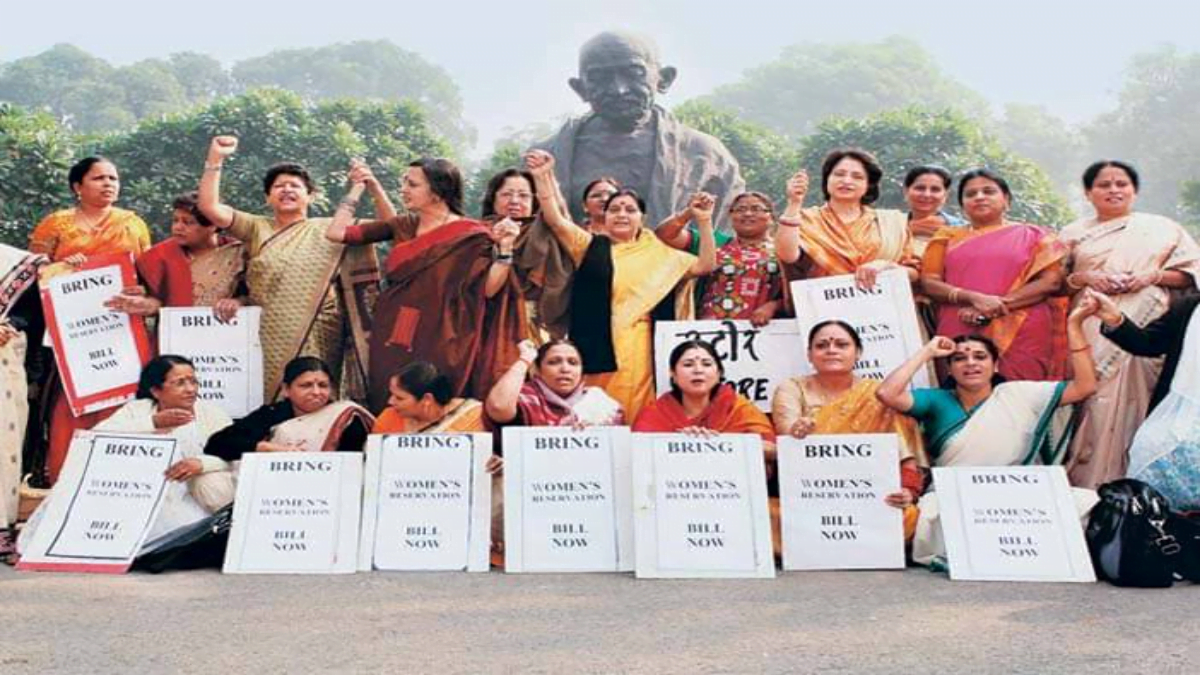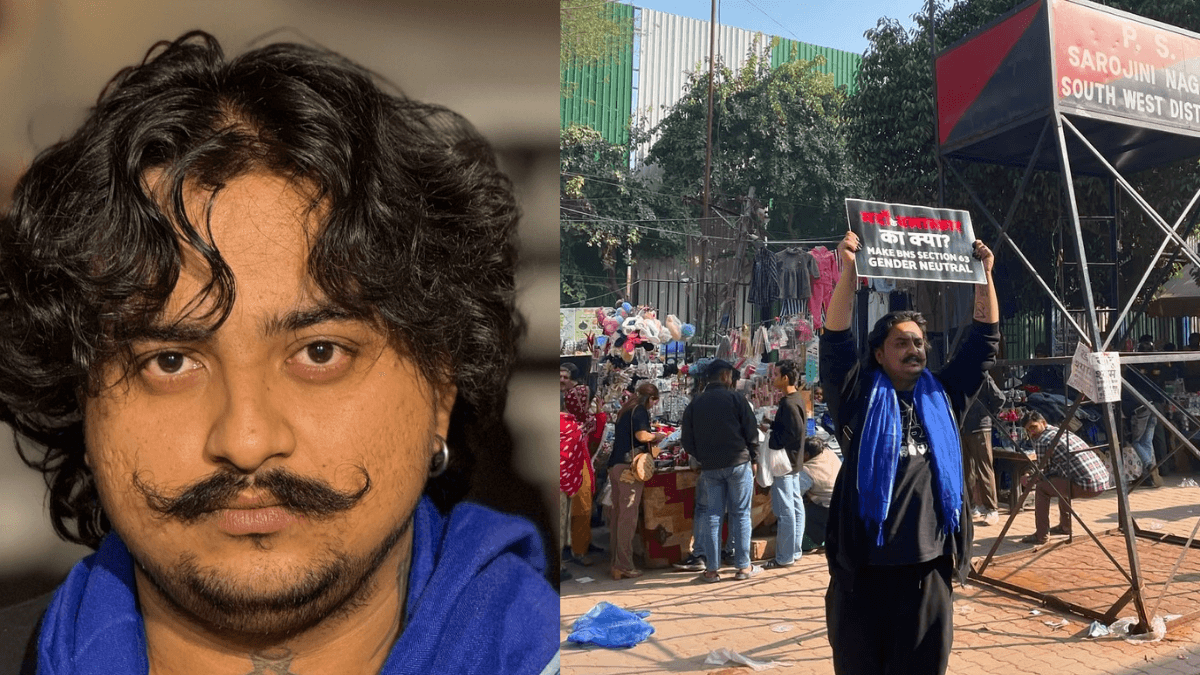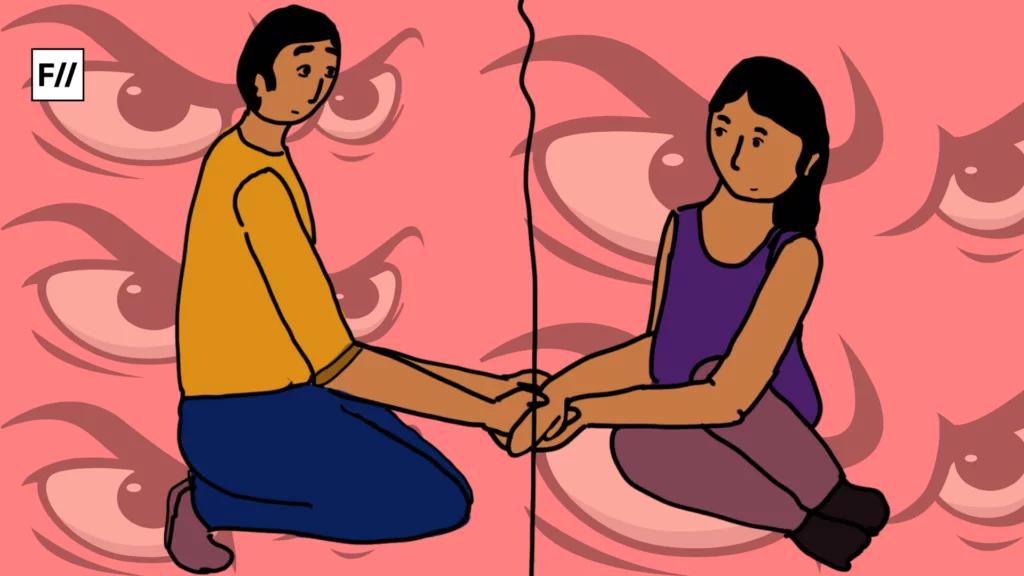Since the days of monarchy in India, women have been kept away for state and administrative jobs. Women have been neglected in decision-making in the public and private spheres. Very few in history manage to break the stereotypes and rise as reformers and excellent leaders. It is usually the masculine figures that are preferred over feminine ones, even if women are more literate and experienced. The common masses prefer masculinity as their representative. However, the consequences lead to dangerous results. The rapacity of politics and the support of the population encourage contestants with serious criminal records and problematic views to be part of the decision-making process.

When men from various backgrounds and with problematic ideas enter politics, it becomes a tug of war between men against men, and the constant defamation of the opposition that rolls with it degrades the society and minimises policies towards welfare. This war distracts the population, media, and parties themselves from the crucial issues. Therefore, further policies are usually influenced by the biassed male gaze and their idea of an ideal state. In history, policies by women leaders have been more concerned with the welfare of society than feeding the interests of the majority or a certain group.
The Constitution of India promulgates ‘to secure to all its citizens justice, social, economic, and political‘ and ‘equality of status and of opportunity‘. Yet, the under-representation of women in legislatures persists. Women in India have always fought the internalised misogynistic system that serves as a constant hindrance to the mobilisation and empowerment of women. During colonial India, the women’s suffrage movement gave way to women’s right to political enfranchisement, which laid the foundation for universal adult suffrage in India. While the proportion of women participating in elections is increasing, they are still misrepresented in political life. In place of setting political arguments, they have been judged for their personal life choices, and the distrust in a woman leader is vast, especially among men.
Women of all beliefs and backgrounds are instrumentalised for political motives, which exploits the representation of women and diminishes the solemnity of their concerns.
Women of all beliefs and backgrounds are instrumentalised for political motives, which exploits the representation of women and diminishes the solemnity of their concerns. Popular parties use this approach to tackle competition in Indian states by creating women’s wings, such as the BJP Mahila Morcha, the All India Mahila Congress, and the National Federation of Indian Women. These wings surely increased the participation of women in voting and making their parties win, but their participation as leaders has been put on the back burner and marginalises the female perspective in public policies. Though it is believed that as long as women vote, their preferences will be represented by the elected candidate, irrespective of the candidate’s gender,and yet a male representative cannot speak on behalf of women when he has not experienced gender-based struggles and discrimination; hence, he cannot also work on efficient policies regarding women’s rights.
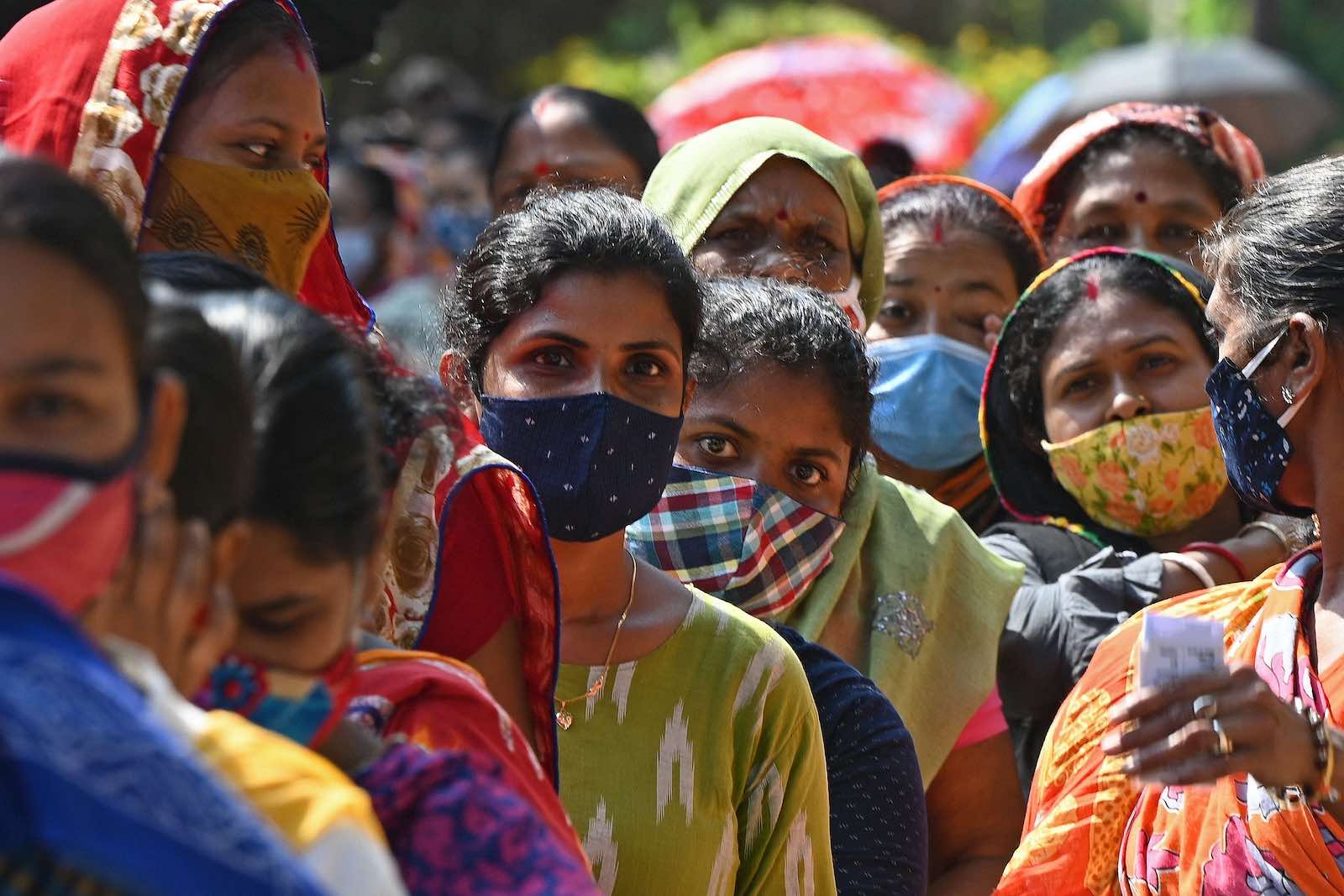
Various women’s organisations working on the empowerment of women in political spaces, such as the earliest organisation of 1910, Bharat Stree Mahamandal, formed to fight against oppression from men. All the organisations, including Bharat Stree Mahamandal, initially commenced with the succour of men, giving some women access to work and education within the confines of gender roles. Later, more compelling and effective organisations rose in popularity, like the All India Women’s Conference (AIWC), which helped colossally in advocating for women’s education and also helped the passage of bills like the Hindu Code of Bills. And in 2007, the United Women Front party was created, which advocated for escalating the reservation of seats for women in parliament to 50%. When women clutch their rights into their own hands, then a large set of developments can be seen in numbers like birth rates and mortality rates, as they are all connected to maternal care and areas like health systems, rigid religious customs, and education.
With the rise in spirit of feminism in the 1970s in response to gender inequality and stagnant welfare and development, political activism and engagement of women surged, like in the Chipko movement of the 1970s, where women gathered and protested against deforestation in Uttarakhand, paramount to the triumph in the fields of environment protection and feminism. Most feminist organisations and leaders work towards ideas related to sociological welfare, literacy, resource utility for all groups, accessibility of public goods, and lesser crime rates against minority genders.These movements have lifted the stereotypical barriers against women in politics and inspired young women to voice their opinions and plunge into politics.
In constituencies with female politicians, female campaign workers are more likely to be employed in various capacities, and therefore, women can be contacted during door-to-door campaigns.
In constituencies with female politicians, female campaign workers are more likely to be employed in various capacities, and therefore, women can be contacted during door-to-door campaigns. This personalised contact contributes to women’s political involvement and empowerment. However, women are still underrepresented in all political positions, even after personalised contact, when approximately one-half of the population consists of women. This reflects the reality that even after women’s choices are better represented in electoral politics, their representation at the parliamentary and state levels is still at a threshold.
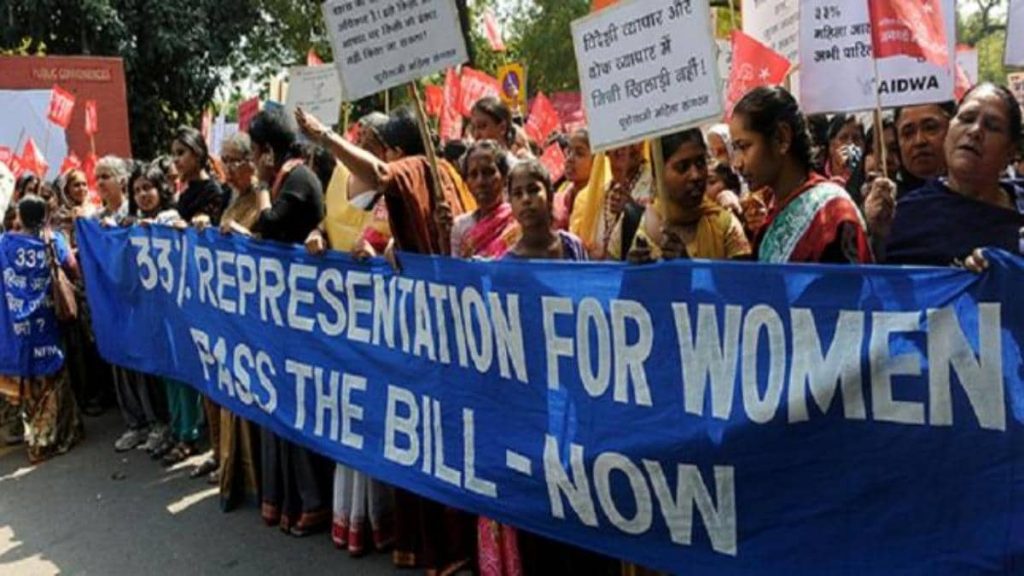
Female representation in the Indian Parliament is still much less than the world average of 20%, lower than the rudimentary scale to introduce gender parity in political decision-making and legislation. Similarly, the number of female representatives in legislative bodies in most of the states is also below the 20% mark, reflecting a pan-India gender exclusion from quality representation and gender-based marginalisation. India is fraught with male patriarchy and dominance that act as impediments to women’s representation, and parties support this through the rigid party structure and a patriarchal mindset that excludes women from being the face of politics.
The lack of political voice and poor representation of women in Parliament are consequences of exclusions on a gender basis. These gender gaps in political involvement linger even after women gain access to economic or social opportunities. The only few women we see in political office are the substance of populism. The cost of running for office is higher for women than for men; hence, female legislators are mostly from the elite sections of society.
The 33% of seats reserved in panchayats for women are being extracted completely by them, but the women representatives serve as puppets for male politicians or a community of authoritative men.
Due to the economic and social cost, which also affects their participation, it is arduous for oppressed women to stand up for themselves and for the community. The road for women as office bearers has more obstacles than for their male counterparts in terms of violence, restrictions, discrimination, and gender responsibilities. The 33% of seats reserved in panchayats for women are being extracted completely by them, but the women representatives serve as puppets for male politicians or a community of authoritative men. Usually, in ‘Panchayati raj’ setups, even when the decision-making body is under a woman, it is her husband or brother who makes the decision on her behalf.
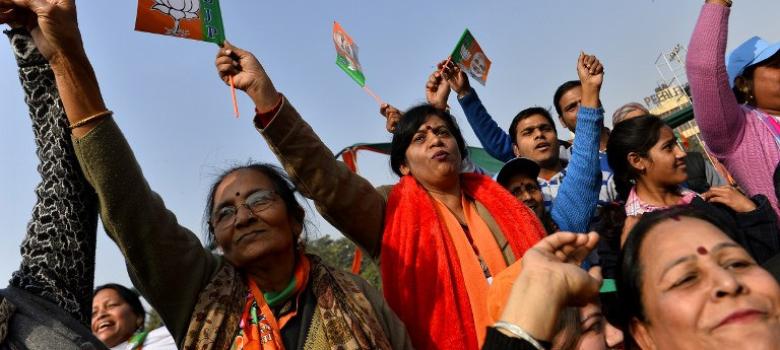
The roots of patriarchy and male dominance are so entrenched in the system that their stems are everywhere now, creating restrictive freedom for women in politics. Women are consciously kept outside the system, which makes it biassed towards only one gender, and this interplay between bureaucratic and legislative representation is based on how local representation is influenced by state policy environments. A state with good policies and informed representatives can bring reform, but in India, politics has become a stage for the power play of men, where defaming the opposition causes more public support and appraisal than the course of development.
